Loading page header ... or Your browser does not support JavaScript
Re-rigging the "Tamara" |
| The drawing below shows the new sail plan overlaid on the original sail plan. I have tinted the new sail plan cyan for clarity. Only the fixed bowsprit remains in the new rig, the running bowsprit has been removed. |
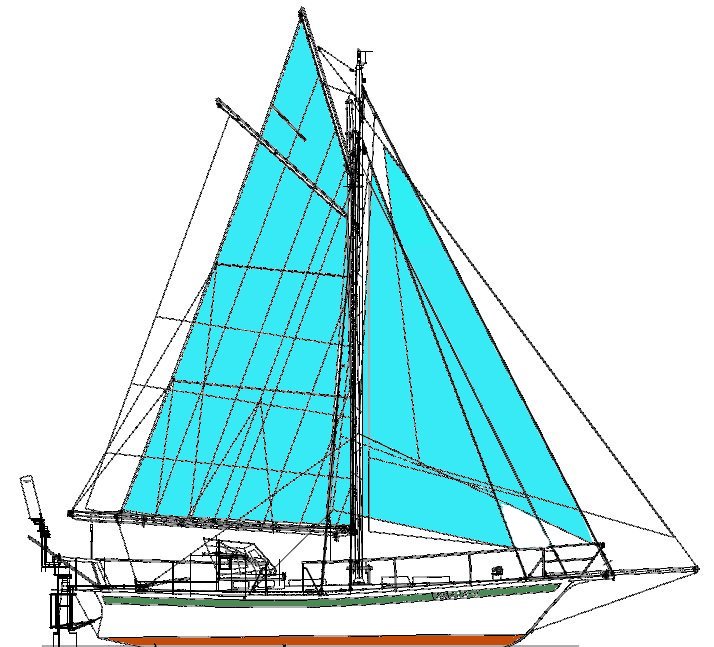
|
Principal dimensions: L.O.D. 12.20 m (40' 0") |
Sail area: Old Main: 43.00 m2 (462 sqft) |
|
New philosophy: After the circumnavigation I was prompted to re-think the relatively traditional rig I had designed for "Tamara". There were three areas that did not satisfy: - The bowsprit: Now marina bound I wanted to get away from having to run the bowsprit out everytime I left port and back in again before returning to my berth. It's quite an operation! - The flying jib: The jib used to hank to its own stay, which is run out on a ring sliding on the bowsprit and then the halyard is set up tight. During the time before the halyard is hardened in, the sail 'motor-boats' around and is a nuisance to control. The same happens in reverse when you have to take the sail down (usually in the wee early hours of the morning because the wind has piped up) - The performance on the wind: Traditional proportions of a gaff main are based on a topsail being set. The mains of old were pretty squat affairs. My original design already took a step away from tradition by being taller (to get a longer luff) and omitting the topsail. Yet the rig did not perform well enough to windward. While cruising that was not often an issue, although we would have saved some time getting to the Galapagos Islands if she had been more close-winded. To improve performance on the wind, a taller rig was required, while removing the bowsprit would shorten the sail base. After a lot of sketching, calculating areas and checking the sail balance a course of action was decided on: A higher aspect ratio main was required. The gaff and boom, staysail and jib would be retained. To re-use the original foresails, the jib and staysail stays needed to attach higher on the mast as they moved inboard. This required a taller mast, which was reasonably easy to achieve without building a new one as "Tamara" has a steel mast. I simply welded an extension to the bottom end of the mast, complete with new tongue at the heel to fit into the slot of the mast base. Extending the mast at the bottom end had a few benefits in that the whole upper end was left mostly unchanged except for a set of new tangs and lugs due to different shroud and stay positions. It also allowed the cables and conduit for the nav lights to remain in place. (The mast is filled with Styrofoam beads to keep the conduit located and quiet). North sails built the new mainsail and serviced the existing jib and staysail. Both foresails were pronounced fit for service. They are part of the original wardrobe, but I had ordered them with seams triple stitched and had patches at all seam ends. This certainly added to their life. "Tamara" is now nearly as close winded as a Bermudan rig and a joy to sail. Admittedly it was quite a lot of work, yet it was worth it as the new rig's performance happily has matched my expectations. |
|
|
Changes to deck fittings and mast |
|
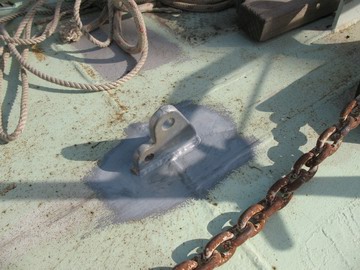 |
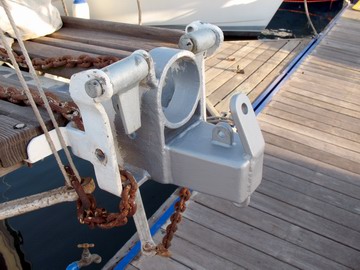 |
| New chain plate for staysail welded to a strong point of the foredeck. | The jib attachment on a short extension welded to the fixed bowsprit. Note the ring the bowsprit used to slide through. |
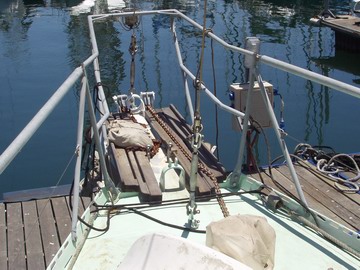 |
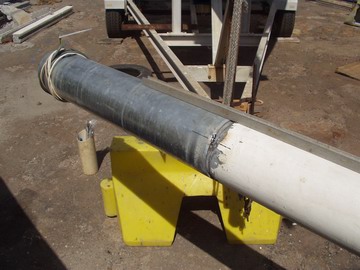 |
| Jib stay and forestay in their new positions - the jib is now comfortably and safely handled from within the pulpit. | Mast extension ready for welding. A sleeve is used to make the connection to the old mast base. |
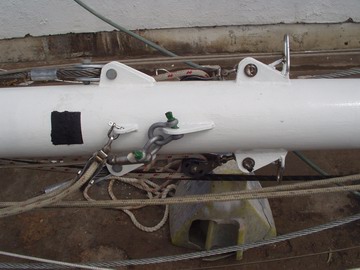 |
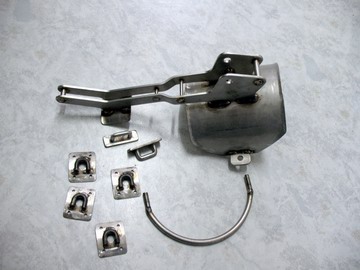 |
| Mast re-painted, new shrouds and stays attached to the tangs, just prior to re-stepping. | The new gaff saddle was made up from laser cut stainless steel parts. Due to the steep angle of the gaff this is a new design and works well in practice. The smaller fittings were used on gaff and boom. |
|
Pictures of new rig |
|
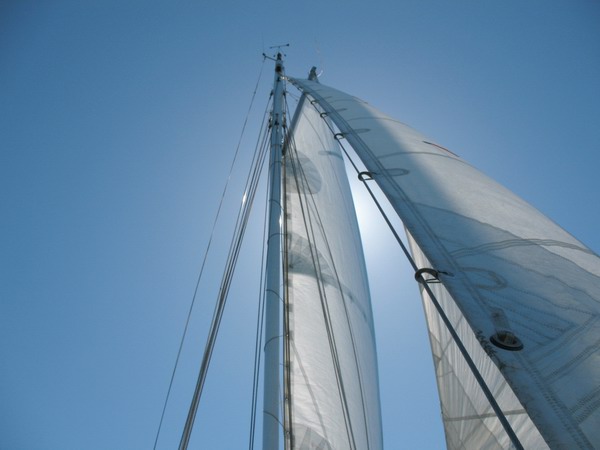
|
|
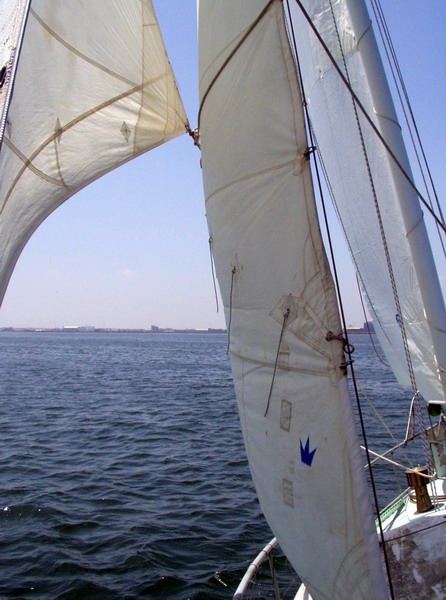
|
|
Loading first page footer ... or Your browser does not support JavaScript
Loading second page footer ... or Your browser does not support JavaScript